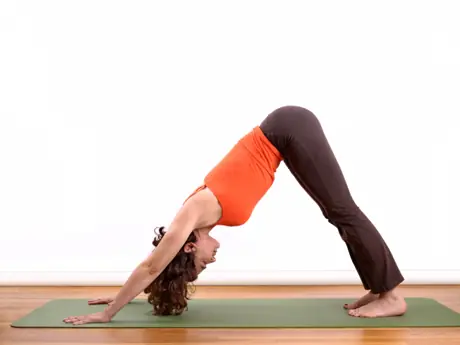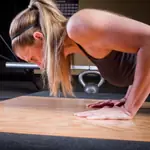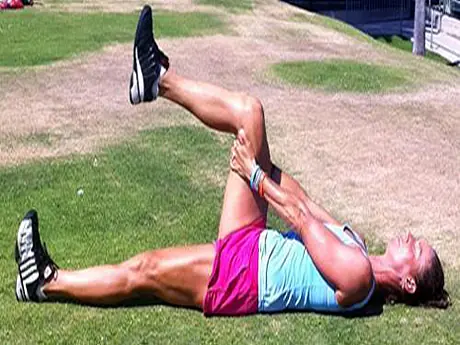
Repetitive motions cause injuries. You've probably heard the adage "repetitive motions can cause injuries."
According to data compiled by WebMD, repetitve motion injuries make up more than 50 percent of all athletic-related injuries seen by doctors.
More: The 3-Minute Stretch to Prevent Tennis Injuries
However, not all repetition causes injuries. If your joints are stable and functional, and you repeat the same motion over and over, your muscles get tired long before the healthy joint would ever sustain any damage.
If your joints are not stable, which means they have lost their kinetic connections and are not moving properly, then the repetitive motions will cause an injury eventually.
Our lifestyle---often lacking ergonomic care--- causes small changes in our posture and movement. They are small enough that we don't notice them at first. Over time they accumulate and the problem can grow and begin to affect your everyday life or athletic performance.
Here are a few examples of ergonomically incorrect movements that we do daily:
- Sitting at the desk and slouching
- Working in front of computers
- Typing on iPads, iPhones, Kindles and other pads, while the head is forward and shoulders slouched.
- Driving, flying, riding bike, traveling
- Cooking, cutting vegetables, playing electronic games, painting
- Sleeping with high pillows, sitting in uncomfortable positions, sitting in the same position for prolonged periods
- Holding phone between head and shoulder etc.
If you develop pain symptoms of repetitive motions, you need to think about the exercises that stabilize your joints, rather then to sedate yourself and your joints with medications that only mask the underlying problem.
More: How to Heal Tennis Elbow
A helpful exercise to re-align your ankles, knees, hips and shoulders is a wall squat. The wall squat will teach your quadriceps muscles they are supposed to support your upper body during your activities, instead of letting the hip flexors to do all the work.
When your quadriceps learn how to support your trunk, you will find that staying low on the tennis court and changing directions will become much easier and less stressful. The wall squat also strengthens the muscles that extend the hip (gluteus, hamstrings), which often are weak and overpowered by the strong hip flexors.
In the wall squat, the hips, knees, and ankles are under the workload in a position that disables the assistance of the hip flexors.
How To Do a Wall Squat
Lean toward the wall and keep a 90-degree angle in your hips, knees, and ankles. Walk your feet away from the wall so your thighs are parallel with the floor. Keep your feet hip-width apart and parallel with each other.
The knees should be over the ankles, not the toes, and in line with the feet. Don't let them move in or outward.
Maintain your ankles, knees and hips in one line and symmetrical. Press your lower and mid back against the wall and feel how your quadriceps muscles are working on the top part of the thighs.
More: 7 Glute Stretches for Maximum Performance
Focus on working (and feeling) both your quadriceps evenly--always remember the balance. Hold the position for 2 minutes. It can be a struggle initially and you may need to start with 1 minute only and work yourself up to 3-5 minutes over time.
When the wall squat gets easy, you know that your body is becoming more balanced and functional. In addition to feeling better in your daily activities, you will notice that your movement on the court will be quicker and your tennis game will improve.
More: 10 Fitness Uses for a Tennis Ball
 Search for your next tennis event.
Search for your next tennis event.
About the Author

Get ACTIVE on the Go


Couch to 5K®
The best way to get new runners off the couch and across the finish line of their first 5K.
Available for iOS | Android





Discuss This Article